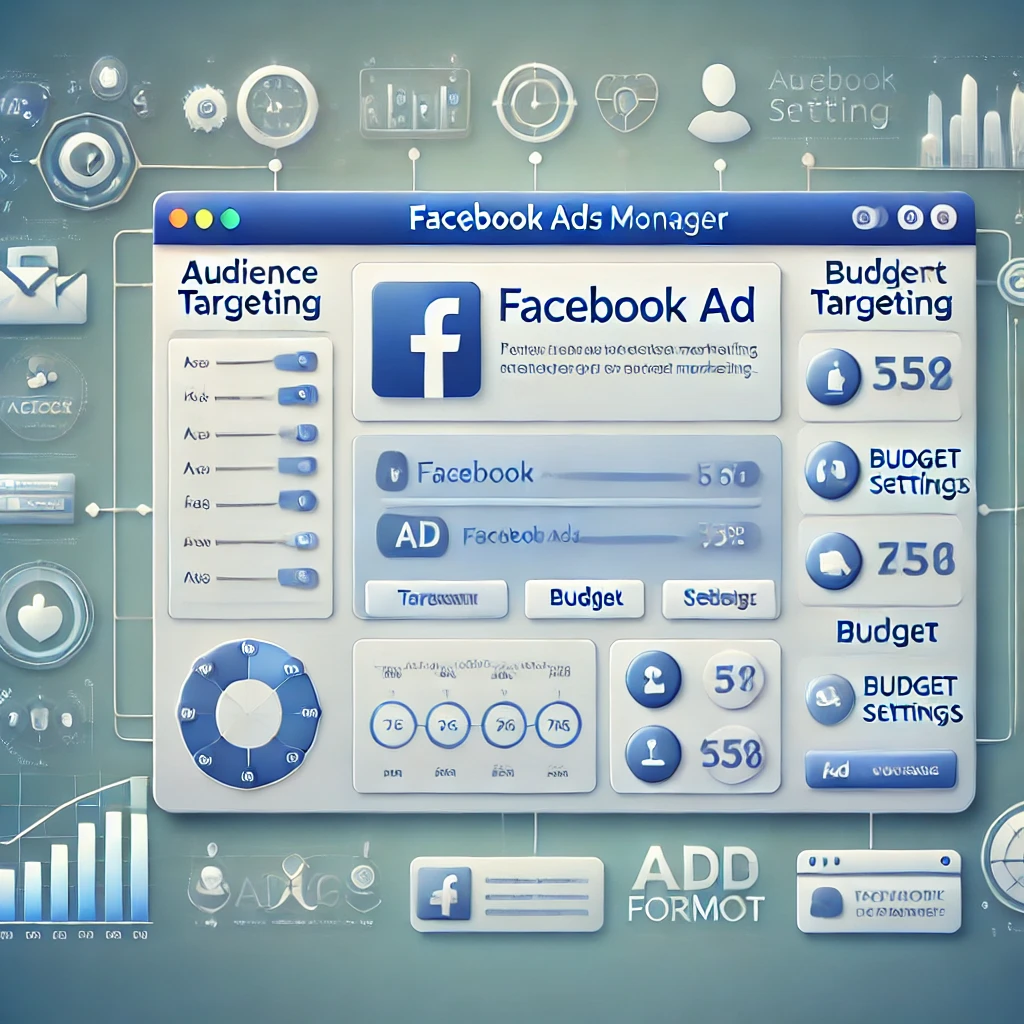Creating ads for a targeted market on Facebook requires understanding your audience, defining clear goals, choosing appropriate ad formats, and managing your budget carefully.
This guide breaks down these steps into straightforward tips for creating ads that appeal to specific audiences. We’ll also go over estimated budgets for different countries and some basic details on the setup and management process.
1. Know Your Target Audience
Before creating any ad, it’s essential to know who you’re trying to reach. Facebook allows businesses to narrow down audiences based on age, gender, location, interests, behaviors, and other factors.
For example, if you’re selling fitness equipment, targeting people who have shown an interest in health, exercise, or wellness would be more effective than a broad, general audience.
Use the following audience segments to identify which type fits your goals:
- Core Audience: Defined by basic demographics, location, interests, and behaviors.
- Custom Audience: Allows you to reach people who have already interacted with your business, like past customers or visitors to your website.
- Lookalike Audience: Targets new users who resemble your existing customers.
2. Set Clear Campaign Goals
Every ad campaign should have a clear goal. Facebook offers several options, such as:
- Awareness: Increase the visibility of your brand or products.
- Consideration: Encourage people to engage with your brand, including website visits, app installs, or video views.
- Conversion: Drive users to make a purchase or take a specific action.
For example, a new clothing store might focus on awareness to build brand recognition, while an established e-commerce store may focus on conversions to increase sales.
3. Choose the Right Ad Format
Selecting the appropriate ad format can make your campaign more effective. Facebook offers multiple ad formats:
- Photo Ads: Simple and effective, showing a single image with minimal text.
- Video Ads: Great for storytelling or demonstrations, videos grab attention and are ideal for engagement.
- Carousel Ads: Allow users to swipe through multiple images or videos, perfect for showcasing multiple products.
- Slideshow Ads: A lightweight alternative to video ads, these use images that rotate in a video-like fashion.
- Collection Ads: Designed for mobile, they allow users to browse through items within the Facebook app.
For instance, a real estate agency might use carousel ads to showcase different properties. Meanwhile, a beauty brand could use video ads to demonstrate makeup products.
4. Write Compelling Ad Copy
The ad text or copy should match your goal and resonate with your target audience. Aim for clarity and keep it simple. Here are a few pointers:
- Headline: Use a clear and attention-grabbing headline. For example, “Discover Affordable Home Workout Equipment” or “Shop the Latest Fashion Trends.”
- Main Text: Explain the benefits of your product or service briefly. Highlight any discounts or offers.
- Call to Action (CTA): Encourage viewers to take action. Popular CTAs include “Shop Now,” “Learn More,” or “Sign Up.”
Shorter, direct copy often performs better on social media. Test different versions to see what appeals to your audience.
5. Include High-Quality Images or Videos
Visuals are crucial in Facebook ads. High-quality images or engaging videos can grab attention and encourage users to engage. Try to ensure your images or videos are:
- Relevant to the Product: If you’re advertising a fitness app, show people working out using it.
- Clear and Professional: Use high-resolution images without too much text overlay.
- Branded: Use colors, logos, or themes associated with your brand for consistency.
6. Set a Budget and Schedule
You’ll need to decide how much you’re willing to spend on each campaign. Facebook offers two budget options:
- Daily Budget: The average amount you want to spend per day.
- Lifetime Budget: A fixed amount to be spent over the campaign’s duration.
For small businesses just starting, a daily budget of $5-$10 can provide good reach. As you scale up, you may consider increasing the budget or shifting to a lifetime budget.
7. Use Facebook’s Targeting Options
Facebook’s targeting tools make it easier to reach specific groups. Here are some key options to consider:
- Location Targeting: Useful for businesses with local focus, such as restaurants or local stores.
- Interest-Based Targeting: Reach people based on their interests, hobbies, or activities.
- Behavioral Targeting: Target people based on behaviors such as purchase history or device usage.
For instance, a social media marketing agency in New York might set their location targeting to people within a 10-mile radius of the city if they aim to reach local businesses.
8. Optimize for Mobile Users
With the majority of Facebook users accessing the platform on mobile devices, ensure your ad is optimized for mobile. This means:
- Using shorter text: Mobile users tend to scroll quickly, so shorter copy works best.
- Choosing mobile-friendly formats: Such as vertical images or videos, which fit the screen better.
- Optimizing landing pages: If your ad directs users to a website, ensure the landing page is mobile-responsive and loads quickly.
9. Monitor Performance and Adjust
Once your ad is running, monitor its performance to see how it’s resonating with your audience. Facebook provides analytics through Ads Manager, which shows metrics like:
- Reach: The number of people who saw your ad.
- Impressions: The total number of times your ad was shown.
- Click-Through Rate (CTR): The percentage of people who clicked on your ad.
- Conversion Rate: The percentage of users who completed a desired action, such as signing up or purchasing.
For example, if you notice a high CTR but low conversions, it may indicate your ad is appealing, but the landing page isn’t converting visitors. In this case, a slight adjustment to the landing page might improve results.
10. Estimate Budget by Country
The cost of Facebook ads varies by country. Here’s a rough estimate of the cost per thousand impressions (CPM) in different regions:
- United States: $7-$10 per thousand impressions.
- United Kingdom: $5-$8 per thousand impressions.
- Canada: $6-$9 per thousand impressions.
- Australia: $5-$8 per thousand impressions.
- India: $1-$2 per thousand impressions.
These figures are approximate, as ad costs fluctuate depending on factors like seasonality, competition, and ad quality. If a digital marketing campaign targets high-income countries like the U.S. or the U.K., a higher budget is necessary to reach a comparable audience than in countries like India or Mexico.
11. Work with Experts if Needed
Sometimes, managing Facebook ads can feel complex, especially when dealing with multiple campaigns and audience segments. A social media marketing agency or a facebook ads management service can assist in setting up, monitoring, and adjusting campaigns. Working with a professional service ensures campaigns are optimized effectively and follow current trends.
Final Thoughts
Effective Facebook ads require planning, a clear understanding of your audience, and consistent monitoring. By defining your audience, setting clear goals, choosing the right ad format, and managing your budget smartly, you can create campaigns that connect with your market. Facebook ads provide excellent flexibility, and with the right approach, they can bring significant benefits to brands in various industries. Experiment, monitor, and adjust to find what works best for your business.







